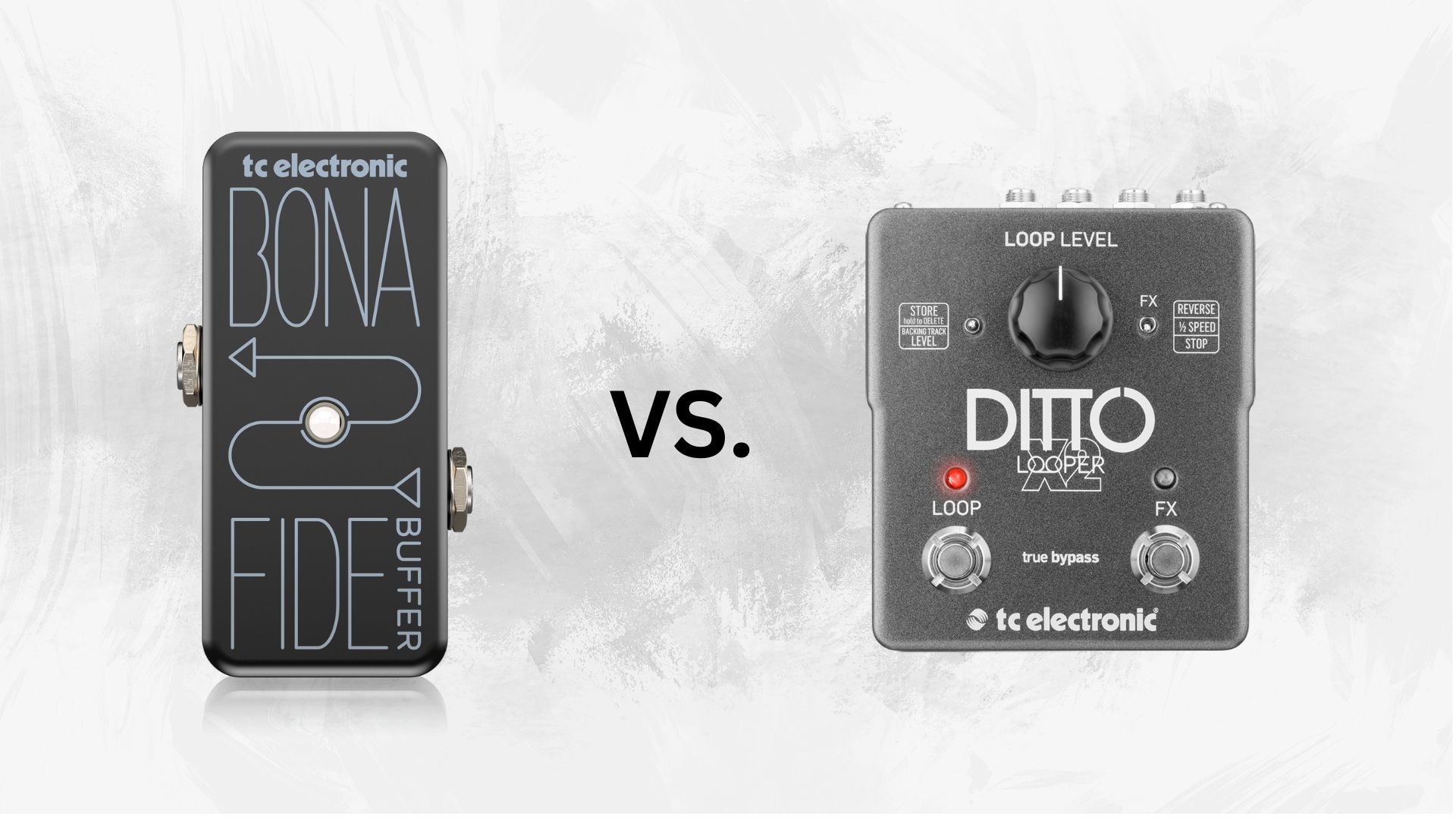
 Anthony Easton
Anthony Easton
(Header Photo by Bernie Almanzar on Unsplash)
Guitar pedals are essential tools for any guitarist looking to explore different sounds and tones. However, understanding the power requirements of these pedals is crucial to ensuring they function correctly and to avoid potential damage. This guide will help you understand the basics of guitar pedal power requirements, including the types of power supplies, voltage and current considerations, and tips for setting up your pedalboard.
There are several types of power supplies that guitarists use to power their pedals:
Batteries: Many guitar pedals can run on 9V batteries. While convenient, batteries can quickly drain, especially with high-power consumption pedals, and might not be the most reliable option for regular use. They are perfect for a quick setup or when no outlets are available but can become expensive and environmentally unfriendly over time.
Wall Adapters: Also known as power adapters or "wall warts," these are common for individual pedals. They convert AC power from the outlet to DC power needed by the pedal. However, using multiple wall adapters can lead to a messy setup and potential ground loop issues, causing unwanted hum and noise. Moreover, not all wall adapters are created equal, and using a poorly regulated adapter can introduce noise into your signal chain.
Multi-Pedal Power Supplies: These are dedicated power supplies designed to power multiple pedals simultaneously. They come with multiple isolated outputs, ensuring each pedal gets clean and stable power, minimizing noise and interference. Brands like Voodoo Lab, Strymon, and Carl Martin are popular for providing reliable multi-pedal power supplies. Investing in a good quality power supply can significantly improve the overall performance of your pedalboard.
Most guitar pedals are designed to run on 9V DC power, but there are exceptions:
Understanding current (measured in milliamps, or mA) is as important as voltage:
Check Specifications: Always check the power requirements in the pedal’s manual. Look for voltage and current needs. Pedals are labeled with their power requirements, but it's good practice to verify with the manufacturer’s guidelines to avoid mistakes.
Use Isolated Power Supplies: To reduce noise and potential damage, use isolated outputs. Each pedal gets its own clean power source, minimizing ground loops and interference. Isolated power supplies also prevent one pedal's noise from affecting others.
Mind the Polarity: Most guitar pedals use a negative center pin (center negative) for the DC plug. Using the wrong polarity can damage your pedal. Double-check the polarity before connecting any power supply. Some power supplies come with polarity-reversing cables for pedals that require a positive center pin.
Daisy Chaining: While convenient, daisy-chaining pedals (using one output to power multiple pedals) can lead to noise issues and insufficient power distribution. It’s better to use a power supply with multiple isolated outputs. If daisy-chaining is necessary, use it for low-current analog pedals and ensure the combined current draw does not exceed the power supply’s output.
Plan for Expansion: If you plan to add more pedals in the future, invest in a power supply that can accommodate additional pedals and higher current demands. Future-proofing your setup saves money and hassle in the long run.
Cable Management: Keep power cables separate from audio cables as much as possible to avoid inducing noise into your signal chain. Use zip ties or cable organizers to keep everything tidy.
Regular Maintenance: Check your power supply and cables regularly for wear and tear. Replace any damaged components to ensure reliable performance.
Noise and Hum: If you experience noise or hum, ensure all pedals are receiving clean power. Isolated power supplies help reduce these issues. Ground loops are a common cause of hum, and using isolated outputs can help eliminate them.
Pedal Malfunction: If a pedal isn't working correctly, check the power supply. Ensure the voltage and current are correct and that the power supply is functioning properly. Sometimes a pedal might have an internal fuse that can blow if incorrectly powered.
Overheating: Some power supplies can overheat if overloaded. Ensure you do not exceed the total current capacity of your power supply.
Understanding and correctly managing your guitar pedal power requirements is crucial for maintaining your gear's performance and longevity. Whether you're using batteries, wall adapters, or multi-pedal power supplies, always ensure you match the voltage and current specifications of your pedals. By following these guidelines, you can enjoy a noise-free and reliable pedalboard setup, allowing you to focus on creating great music. Proper power management not only enhances your sound quality but also protects your valuable equipment, ensuring it serves you well for years to come.
Check out the latest news and articles from around the pedal world.

 Anthony Easton
Anthony Easton
 Anthony Easton
Anthony Easton
 Anthony Easton
Anthony Easton
 Anthony Easton
Anthony Easton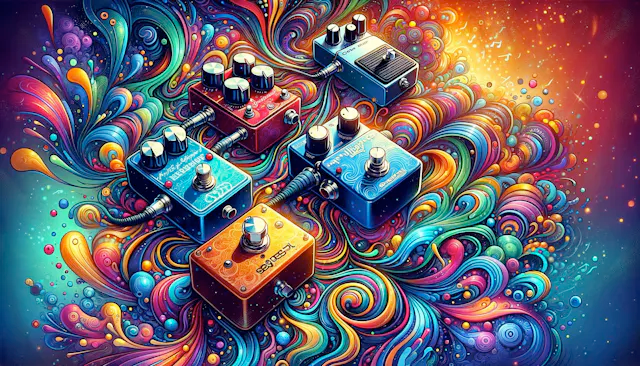
 Anthony Easton
Anthony Easton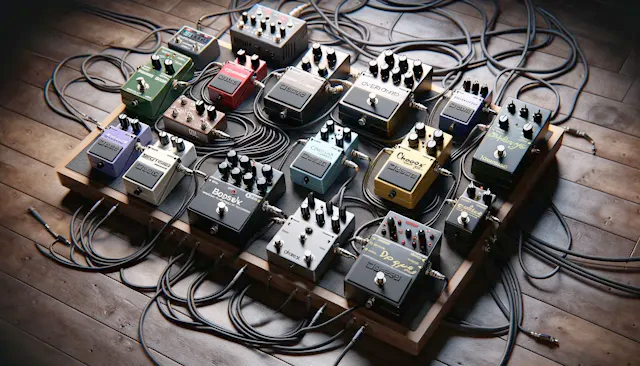
 Anthony Easton
Anthony Easton
 Anthony Easton
Anthony Easton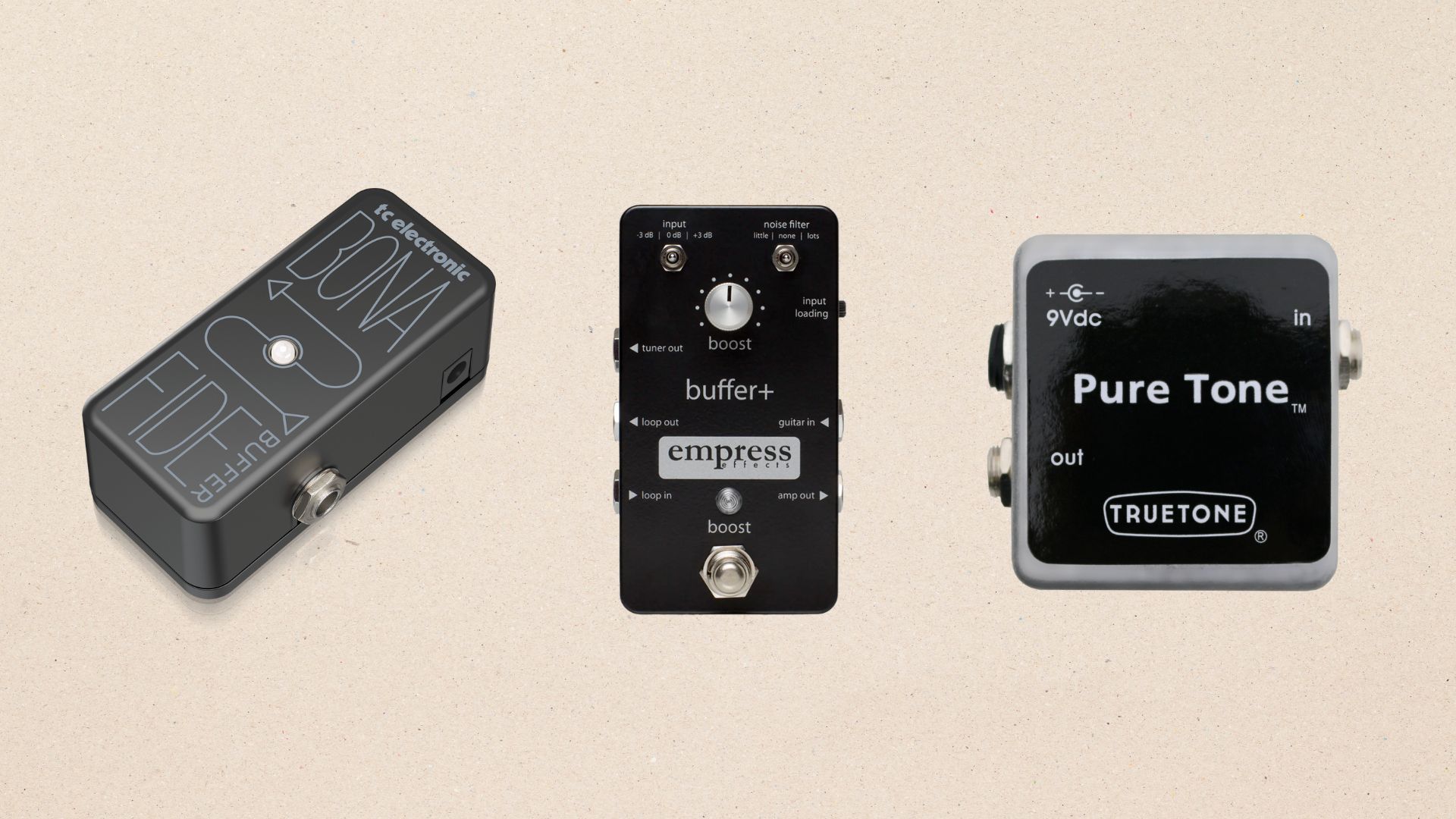
 Anthony Easton
Anthony Easton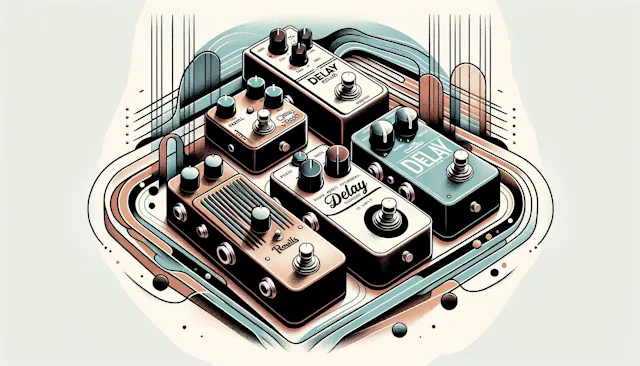
 Anthony Easton
Anthony Easton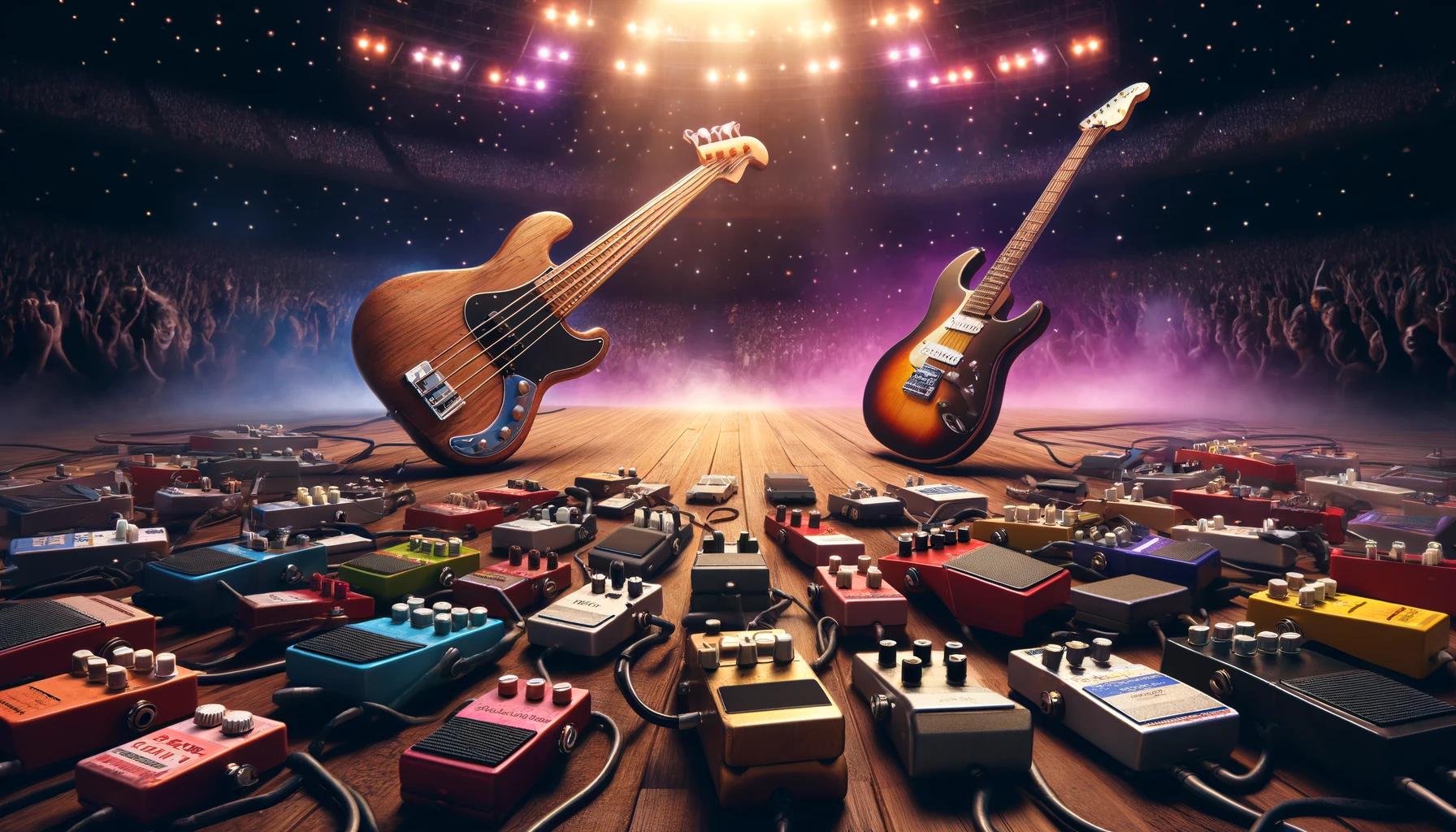
 Anthony Easton
Anthony Easton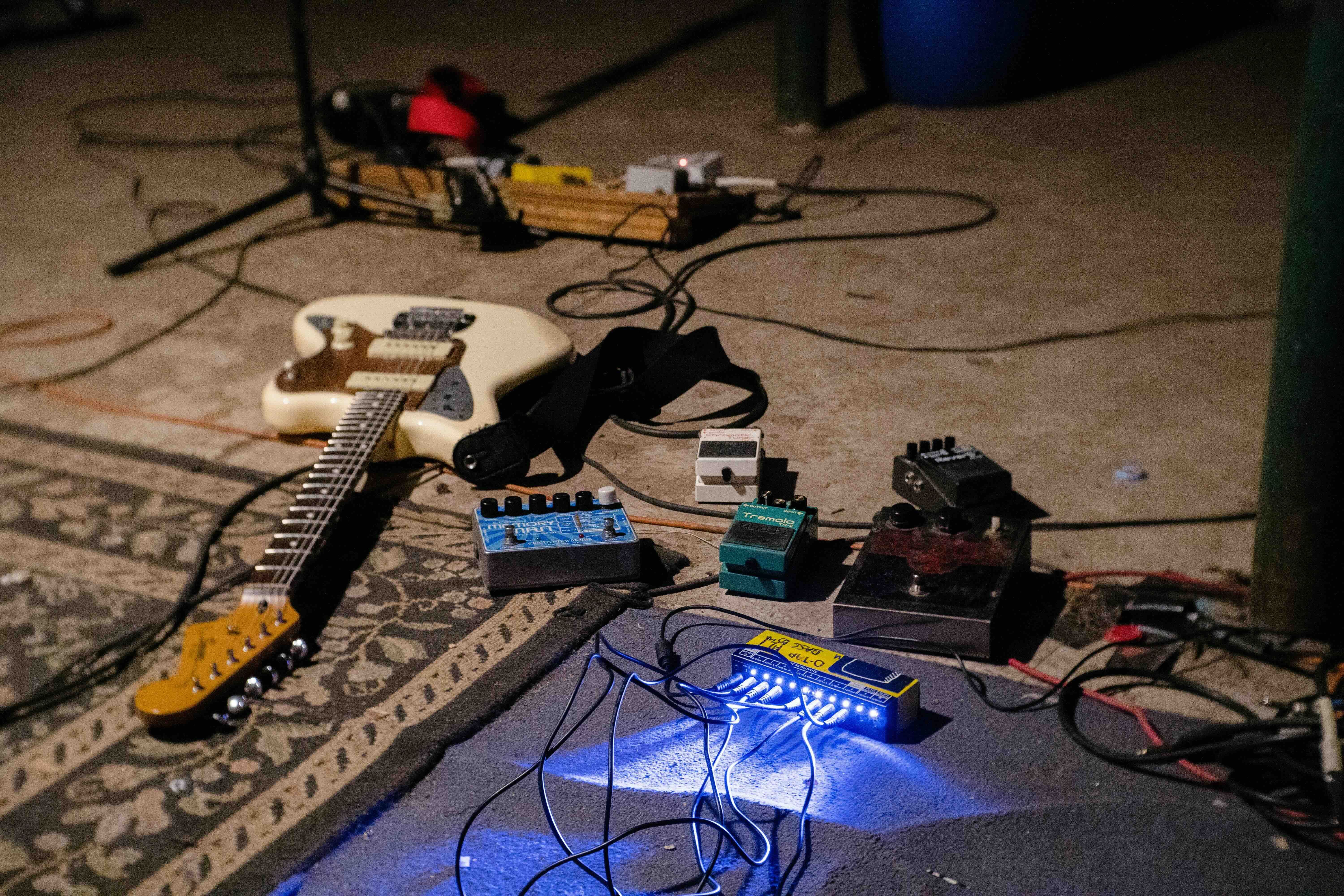
 Anthony Easton
Anthony Easton